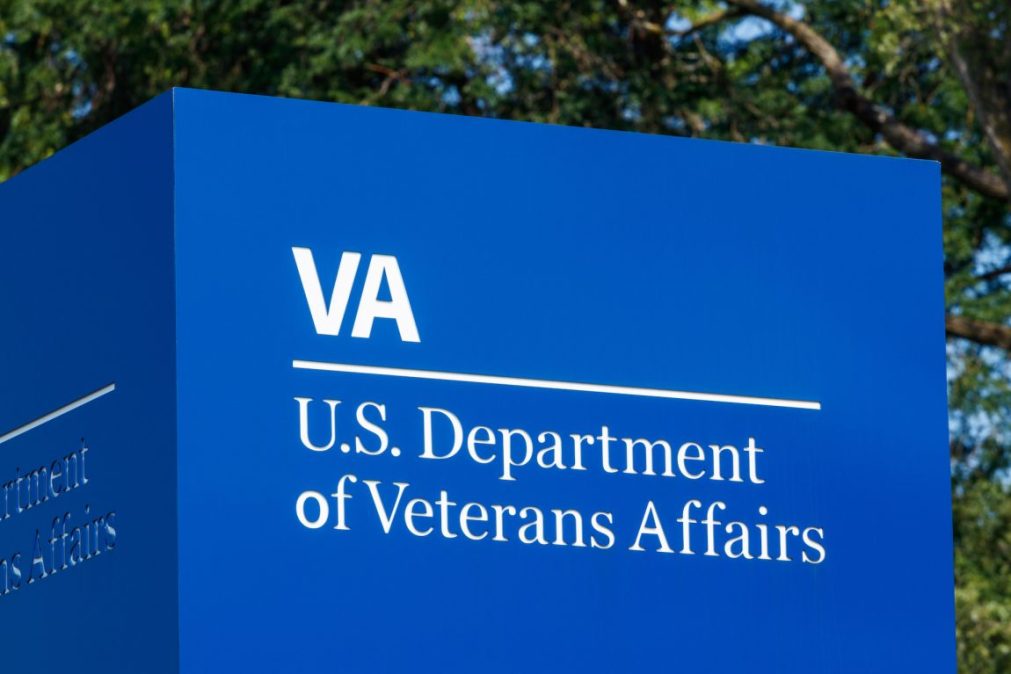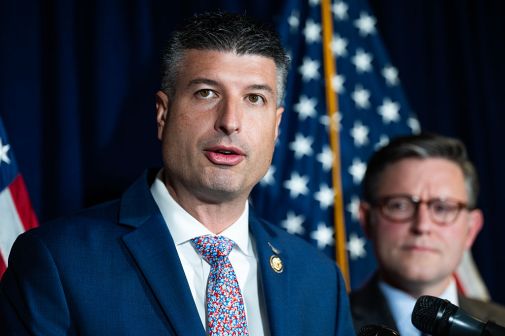VA acting CIO defends IT workforce reorg amid lawmaker pushback

The Department of Veterans Affairs’ acting chief information officer doubled down on the agency’s reshaping of its IT workforce, telling lawmakers in a Monday hearing that change is “challenging” but “necessary.”
Eddie Pool told members of the House VA’s subcommittee on technology modernization that the agency’s Office of Information and Technology (OIT) is pushing forward with workforce reductions as the division increasingly turns to automation and other technology modernization efforts.
“This reorganization, reallocation of positions, is designed to cut bureaucratic overhead, accelerate decision making and focus every OIT position on delivering secure, reliable and modern IT solutions to improve veterans’ lives,” Pool said in opening remarks at the hearing.
Subcommittee Chair Tom Barrett, R-Mich., lauded the VA OIT’s “smarter, not bigger” strategy in its fiscal 2026 budget request, asking Pool if technology improvements can alleviate the need for manual, human processes.
“Absolutely,” Pool responded. “It is about automating what we can automate.”
In its fiscal 2026 budget, the VA OIT requested funding to support approximately 7,000 full-time equivalent employees, marking an 11.7% decrease from its fiscal 2025 budget request, according to Carol Harris, the director of information technology and cybersecurity for the Government Accountability Office.
The budget request also stated that a decrease of 931 full-time equivalent employees is “consistent with maturing technology delivery models and a shift towards automation and digital services,” Harris told lawmakers.
Pool noted the VA OIT currently staffs about 8,205 employees and its restructuring initiative is geared more toward maximizing how resources are allocated rather than simply reducing the number of staffers.
Rep. Nikki Budzinski, D-Ill., ranking member of the subcommittee, took issue with the VA’s prepared testimony, arguing “it’s almost as if the VA is bragging about the loss of trusted, hard-working and knowledgeable federal employees.” ‘
The “VA lost a significant amount of institutional knowledge and expertise,” Budzinski said of the workforce reduction initiative. “That is extremely troublesome, especially as [those] remaining [at the] VA are poised to take on more and more work to compensate for contract cuts, staffing cuts, and accelerated deployments. The fatigue that it is likely to cause creates major risks for system stability and cybersecurity.”
Since January, the VA OIT has lost about 1,200 employees who either took the deferred resignation option or were granted voluntary early retirement, Pool said.
As part of this process, VA OIT moved $89 million from its budget into other department initiatives.
Devon Beard, the acting deputy CIO for people science and VA OIT’s chief people officer, testified that no veteran services were impacted by this process, pointing to reassignments, cross-training and succession planning as factors.
When pressed by Barrett whether any positions with direct IT applications, like interfacing or coding, were eliminated in this process, Beard sidestepped the question.
“Once again, we’re going through the workforce, reshaping activities,” Beard said. “Those are all being focused on: are they delivering the largest value? So as long as they align with our guiding light, then absolutely we are retaining those.”
A lot of the positions in contention, Beard said, are instead “back office or administrative tech support functions” that are being evaluated for any redundancies.
Budzinski noted she is concerned about how the elimination of these “support” roles may “erode the overall mission” of the OIT.
Pool pushed back on the suggestion, telling lawmakers the restructuring is a chance to eliminate roles with duplicated functions.
He later fielded questions from Rep. Sheila Cherfilus-McCormick, D-Fla., who suggested the changes within OIT “seem intentionally cruel.”
When she asked how the office is repairing employees’ morale, Pool said that “obviously, change is very challenging.”
“In this particular instance, change is very necessary, it’s an opportunity under this administration to really improve things at the VA on a scale really not seen before,” Pool added.
The hearing came just days after the VA announced it is on track to reduce the agency’s total staff by nearly 30,000 employees by the end of fiscal 2025. The agency said in a release last week that it considered a department-wide reduction in force, but the federal hiring freeze, retirements and deferred resignations made a RIF unnecessary.
The GAO also released a report last week that broke down the central reform elements of the VA’s fiscal 2026 IT budget request and recommended various practices to achieve the agency’s IT goals.
The GAO previously found the OIT’s strategic workforce plan was incomplete, complicating the restructuring process as there is no baseline of the office’s current workforce skills and competencies, Harris testified.






